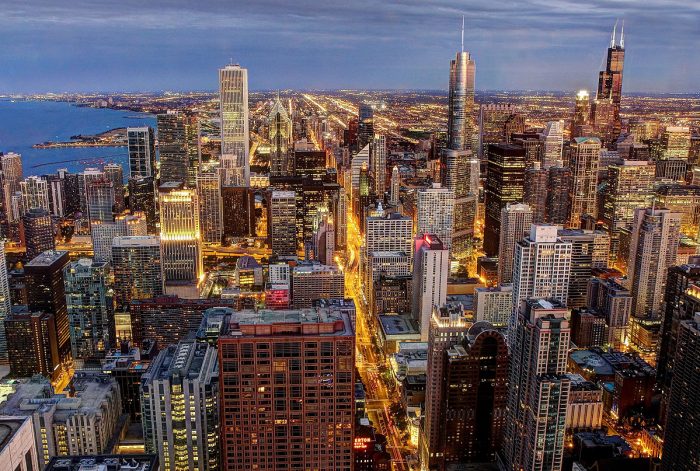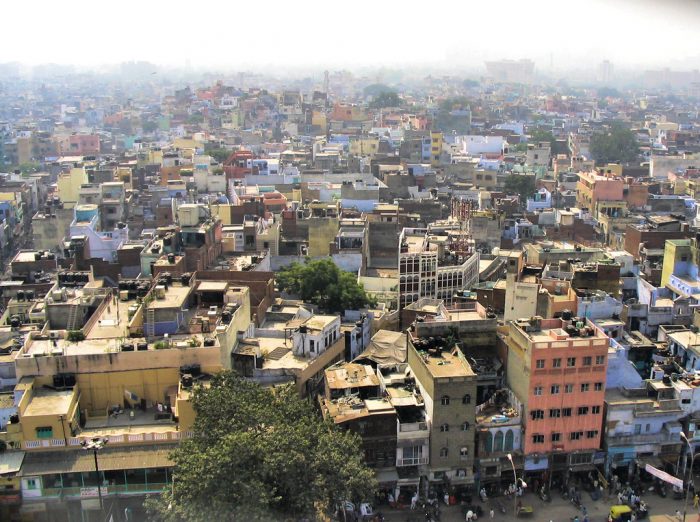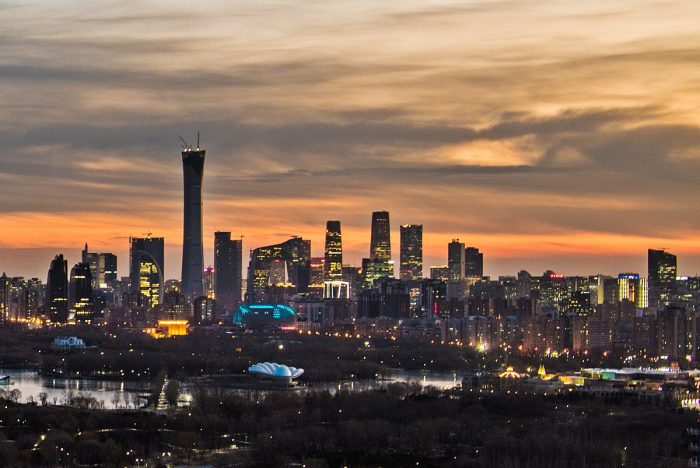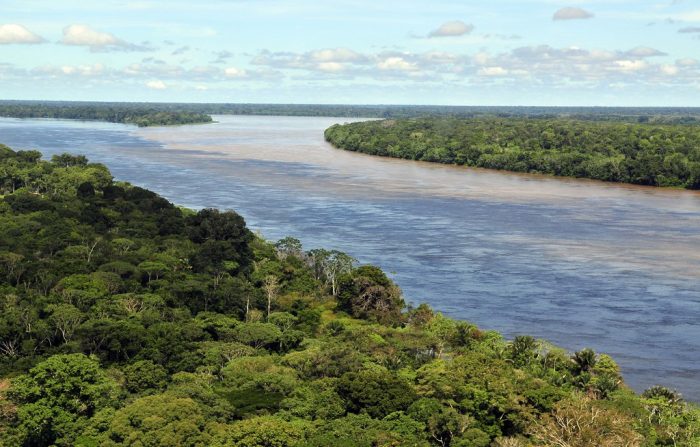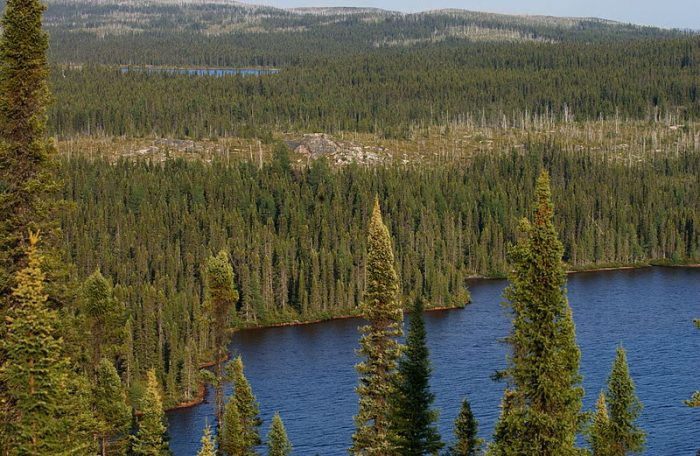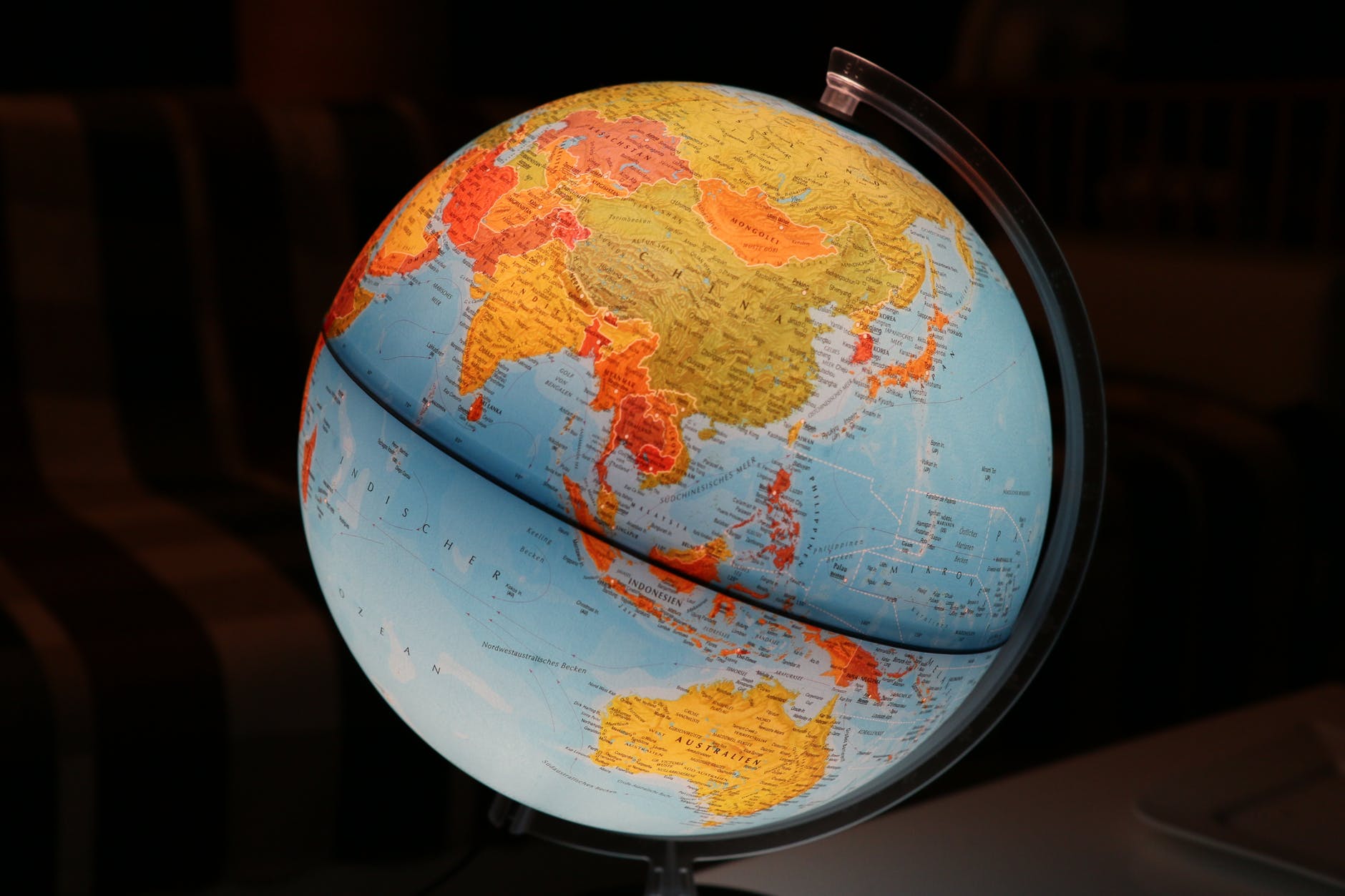
What’s the biggest country in the world? By population? By land area? Despite having a population of over 7.7 billion and a land mass of 148 million square kilometers, the distribution of humans is not uniform. Over 80% of humans live 60 miles from the coast and almost half the world’s population resides in just 5 countries.
It may come as no surprise that the single most populous country in the world is China which has a recorded population of over 1.3 billion as of 2019. In terms of area, the largest country in the world is Russia at 17.1 million sq. km, which accounts for about 11% of the Earth’s total land area.
Key Facts To Take Away
- The 2 most populous countries in the world are China and India with populations of 1.39 and 1.34 billion, respectively.
- China alone contains nearly a fifth of the world’s population
- The 2 largest countries by land area are Russia and Canada at 17.1 and 9.98 million sq. km
- The United States is simultaneously the third most populous country with over 330 million people and the third largest by area at 9.63 million sq. km
- Brazil is both the 5th most populous and 5th biggest country by land area at 209 million and 8.5 million sq. km
- The single country of Russia takes up 11.7% of the entire land area of the Earth
- 3 of the top 5 biggest countries by land area are in the Americas
- 3 of the 5 most populous countries are in Asia
- The 5 most populous countries contain over half the world’s population
- The smallest country by both population and land area is Vatican City at 451 and 0.44 sq. km
- The world’s population nearly tripled in the 20th-century alone
- The entire world population is expected to grow to 9 billion by 2050 and to over 11 billion by 2100
5 Biggest Countries By Population
5. Brazil – 209,994,000
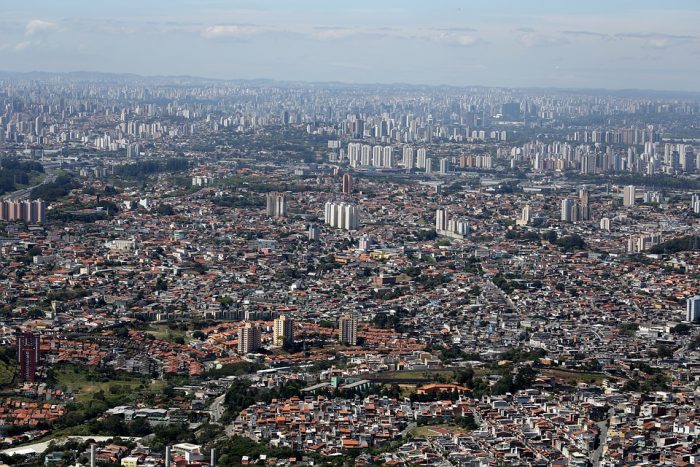
The Brazilian capital city of São Paulo Credit: Pixabay
Brazil is the 5th biggest country by population, barely squeezing past the sixth, Pakistan. Brazil has seen extremely high population growths during the last half of the 20th century, increasing nearly 400% since 1950 (50.4 million). Much of these population growths were driven by medical advancement and declining mortality rate. Additionally, Brazil is believed to have the highest population of uncontacted peoples in the world. It is thought that over 67 uncontacted tribes exist, many of them localized to the southwest of the country. Over half the population identifies as Roman Catholic and a substantial minority Protestant Christian. Over 80% of the population are located in urban areas.
4. Indonesia – 268,074,600
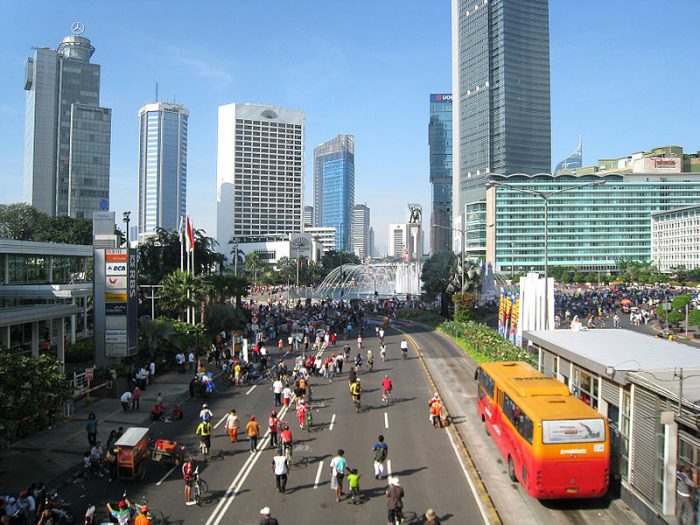
The Indonesian city of Jakarta. Credit: “Jakarta Car Free Day” by G Kartapranata via WikiCommons CC-BY-SA 3.0
Indonesia is a country located in Southeastern Asia, between the Pacific and Indian Oceans. Along with the being the 4th biggest country by population, it is also the biggest island country with over 17,000 islands. Over half the population (~130 million) resides on the largest island, Java, which is also the single most populated island in the world. The population is heavily concentrated in urban areas. Indonesia is extremely diverse and contains over 100 different native and ethnic groups, the majority being the Javanese. The country’s majority identifies as Sunni Muslim and Indonesia is the single most Muslim-populated country in the world. Indonesia also has some of the highest species biodiversity rates in the world.
3. United States – 329,317,000
The United States is both the third most populous country and the third largest country by land area. The US is an extremely diverse country demographically speaking and has large populations of nearly 37 distinct ancestral groups. The population nearly quadrupled in the 20th-century alone, driven largely by advances in medicine, declining mortality rates, and immigration. about 80% of the population lives in urban areas, most of these in “megaregions” such as the Great Lakes-Chicago Area, the northwest megaregion, and southern California. The single most populous state in the country is New York, mostly due to the population of New York City, one of the largest cities in the world. There is no official language but the majority of the population are native English speakers through a substantial portion speak Spanish as their first language and even more are bilingual. The majority (~70%) identifies as Protestant Christian of which the Southern Baptists are the single largest Protestant group.
2. India – 1,348,050,000
India is the second largest country by population and the most populous democratic country in the world. India’s population has grown by more than a fifth in the past 20 years due to agricultural and medical advancements. India has seen recent large influxes to urban centers but the majority of the population still lives in more rural areas. The majority of the population identifies as Hindu with Muslims as a substantial minority. There are over 2000 recognized ethnic groups in the country and the majority language is Hindi. At current population growth trends, India is projected to overtake China and become the most populous country in the world by 2024
1.China – 1,397,630,000
China is the single most populous country in the world and holds almost a fifth of the world’s population. It is also the 4th largest country in the world by area, just behind the United States. China in the 20th century saw massive political and economic reforms which successfully pulled over 800 million of its people out of poverty since 1978. These reforms were coupled with explosive population growth, so great that China instituted a one-child policy in 1979, which has since been removed. China recognizes 56 distinct ethnic groups but the overwhelming majority of people in China are ethnically Han Chinese. Most of the population is either non-religious or follow local traditional religions. The eastern and southern coastal regions are the most densely populated parts of the country.
Biggest Countries By Area
5. Brazil – 8,515,767 sq. km
Brazil is both the 5th largest country by population and 5th largest country by area. Brazil occupies a large portion of the South American continent and is so large it spans 4 time zones. It is also geographically diverse, containing dense canopy forests, rocky plateaus, and grassland savannahs. Brazil is home to the world’s largest Rainforest the Amazon which is the single most biodiverse location on Earth. The Amazon River is the single largest river by water volume in the world and its basin is the most complex river delta in the world. Due to this large river basin, Brazil has the most arable land on Earth.
4. China – 9,596,961 sq. km
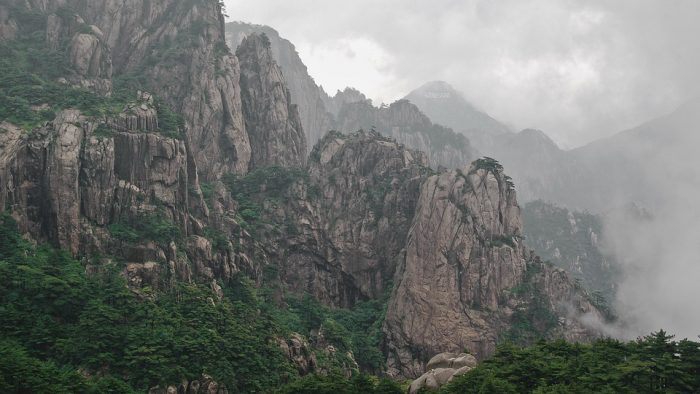
Credit: Pixabay
About 7 percent of the world’s landmass is concentrated in Canad, the US, and China. China is the smallest of these three, just falling below the United States. The exact figure for the physical area of China is often challenged by border disputes, most commonly with south Tibet and Taiwan. As such, China could be considered the fourth or third largest country in the world, depending on how the area is calculated. The country itself is divided into 5 macro-regions which ecosystems ranging from mountains to plateaus to plains to hills and river basins. There are also large desert regions in the north and northeast parts of the country. China is home to over 22,000 rivers with the Yangtze being the largest.
3. United States – 9,833,517 sq. km
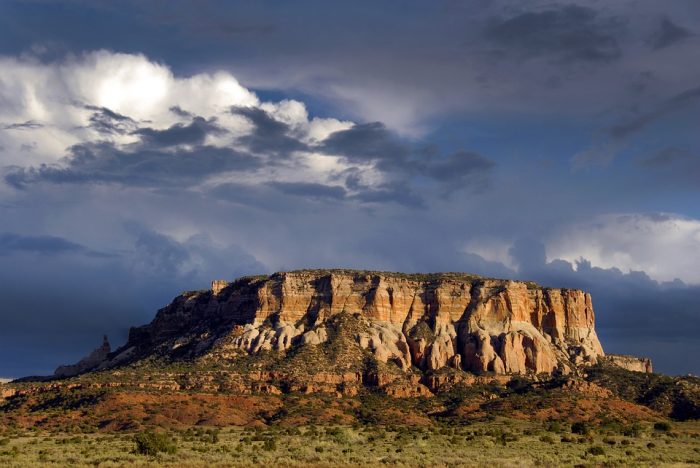
A rock formation in the US Southwest. Credit:: Max Pixel
The US is both the third largest country by population and, depending on how you count, the third largest country by area. The landmass of the US is made up of the 48 contiguous states and the states of Alaska and Hawaii, along with several island territories like Puerto Rico and Guam. The US is longitudinally vast and stretches through 4 separate time zone and several different ecosystems. From the swampy wetlands and forests of the southeast to the rocky mountain in the west and arid badlands of the north, the US has a wide range of geographic variation and a high number of endemic species. The single largest state in the US is Alaska at 665,384 sq. miles.
2. Canada – 9,984,670 sq. km
Canada is situated to the north of the US and comprises 41% of the continent’s total area. Canada by itself is almost the size of continental Europe and about three-fifths the size of Russia. despite its massive and sprawling geography, the majority of the countries population lives in the south and coasts. Canad is one of the most sparsely populated countries in the world. The geography includes boreal forests, arctic tundra, sedimentary plains, mountains, and lowland coastal regions near the oceans and Great Lakes. Canada also has many volcanos and is part of the Pacific Ring of Fire. The Hudson Bay located to the North is the second largest natural bay in the world, falling behind the Bay of Bengal in Southern Asia.
1.Russia – 17,098,246 sq. km
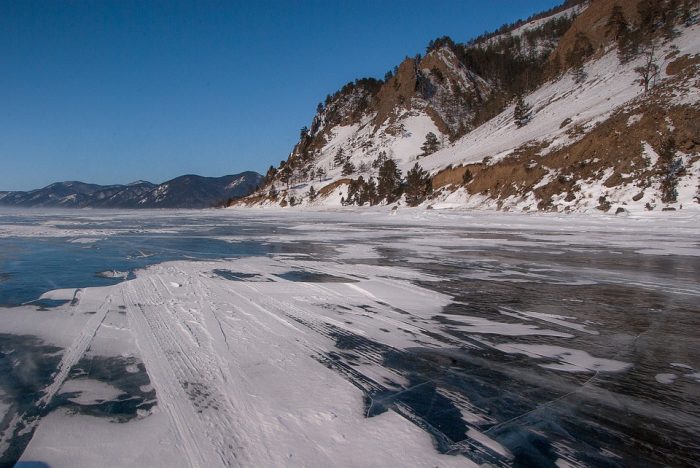
A photo of Lake Baikal in Siberia, Russia. Credit: Pixabay
Russia is the single largest country in the world—by a considerable margin in fact. It covers almost 12% of the entire world’s landmass and spans 2 continents. The majority of the population (~70%) is located in the European part of the country. The capital city Moscow is the second largest city in Europe. The country itself spans over 11 time zones and several geographic regions, including the Siberian tundra, taiga forests, grassy steppes, and deserts to the south. Russia is home to thousands of inland rivers and also contains the largest freshwater lake by water volume in the world, Lake Baikal.




